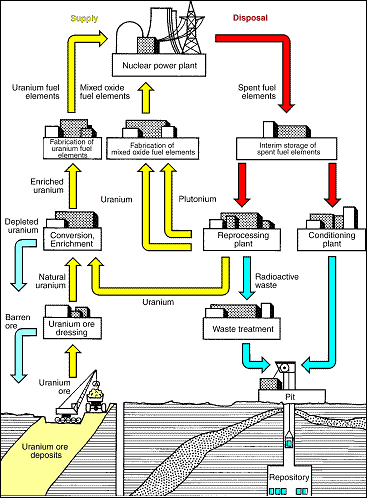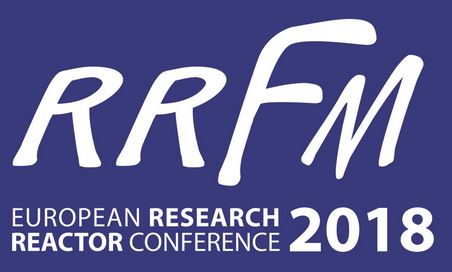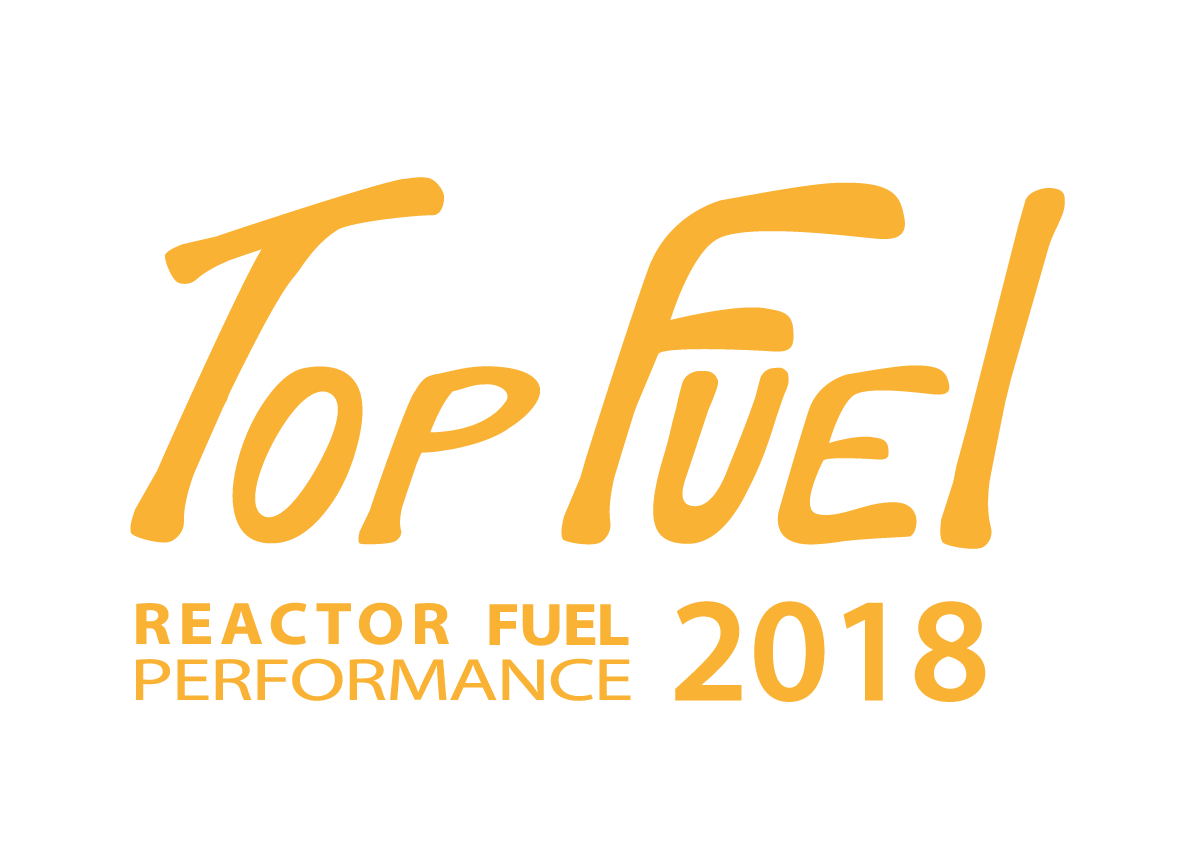Nuclear fuel cycle
 scroll scroll 
A number of process stages in the supply and waste management of nuclear
fuel for reactors.
-
Supply:
The point of departure of nuclear energy utilization is the supply
of nuclear reactors with uranium. The uranium content of mined ores
amounts typically to 0.2%. The uranium is concentrated in a treatment
process. The commercial article "Yellow Cake" results,
which contains about 70 to 75% uranium. The uranium contained in
the Yellow Cake has a natural isotope composition of 0.7% U-235
and 99.3% U-238. Most nuclear power plants need uranium with a proportion
of 3 to 5% of the fissile isotope U-235. Therefore, the uranium
must be enriched to U-235. For this purpose the uranium is converted
into the chemical compound UF6, which can easily be transferred
to the gas phase, since enrichment is only easily possible in the
gas phase. Enrichment processes (See 'gas
centrifuge' or 'diffusion
separation processes') use the slight mass difference of the
U-235 and U-238 molecules of UF6 to separate these two components.
The product of the enrichment plant is UF6 with a U-235 share of
approx. 3 to 5%. In the fuel element factory, the UF6 is converted
into UO2. The UO2 powder is used to press pellets which are sintered
at temperatures of more than 1700 °C, filled into seamlessly
drawn cladding tubes made of a zirconium alloy and sealed gas-tight.
Thus, individual fuel rods are obtained which are then grouped into
fuel elements. The fuel elements of a pressurized water reactor
contain about 340 kg uranium, those of a boiling water reactor about
190 kg uranium.
-
Waste management:
The service period of fuel elements in the reactor is three to four
years. Nuclear energy is converted to electricity by nuclear fission.
During this process the percentage of fissile U-235 decreases, and
the partly radioactive fission products and considerable quantities
of the new, partly fissile nuclear fuel plutonium are generated.
All activities relating to treatment, reprocessing and disposal of fuel elements are summarized under the term waste
management. Two types of disposal are possible: reprocessing by
recovery and reuse of the usable plutonium and uranium portions
or direct ultimate waste disposal where the spent fuel elements
are disposed of altogether as waste. The fuel elements are stored
initially in an interim storage facility where the activity decreases.
During subsequent reprocessing, reusable uranium and plutonium are
separated from the radioactive fission products. For reuse in the
nuclear power plant plutonium and uranium - possibly after enrichment
- must be processed into fuel elements. With their use in the nuclear
power plant the fuel cycle closes. In the case of the direct ultimate
waste disposal, the entire fuel element including the valuable substances
uranium and plutonium is disposed of as radioactive waste following
an interim storage period to allow the short-lived radionuclides
to decay and thus the heat development conditional on the decay
to decline. For this purpose the fuel elements are sectioned in
a conditioning plant, packed in containers suitable for final storage
before being stored in a repository. Both methods - reprocessing
and direct ultimate storage - have been thoroughly examined in Germany
and the required processes and components have been developed. Radioactive
waste must be stored safely for a long period and be kept away from
biosphere. Under certain circumstances low and medium active liquid
radioactive waste is fixed in cement following previous volume reduction
by evaporation. Solid radioactive waste is burnt or compacted for
volume reduction. For ultimate storage these products are packed
in special barrels or containers. The highly active, heat-generating
fission product solutions from reprocessing are vitrified in a well-tested
procedure adding glass-forming substances and filled into stainless
steel containers. Stable geological formations are used as repositories.
In Switzerland and in Sweden granite rock is provided for this purpose
and in Germany salt domes were investigated for ultimate waste disposal.
Rock salt offers excellent properties for the ultimate disposal
of heat-generating radioactive waste since it removes the heat well
and has plastic behaviour, i.e. cavities gradually close and the
waste is safely embedded.

Nuclear fuel cycle
|
|

11 - 15 March 2018
Munich, Germany

30 September - 04 October 2018
Prague, Czech Republic |